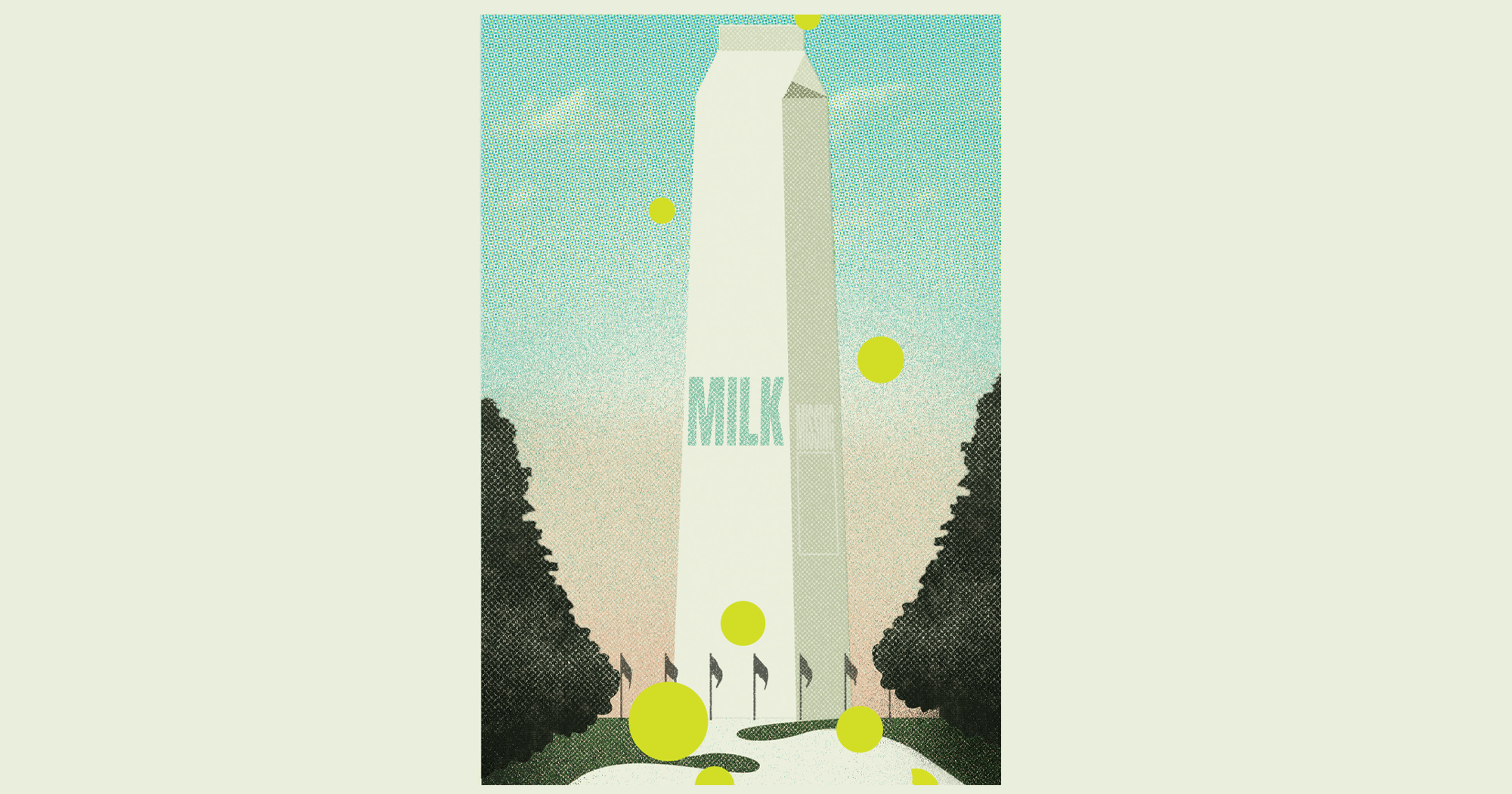Global conflict and extreme weather have led to higher-than-ever input costs and reduced revenues. Producers are struggling to stay afloat.
In a letter to lawmakers sent this week, 13 farm groups pleaded for aid targeted to help organic farmers as rising costs of production and lower prices threaten to force them out of business.
The letter, organized by the Northeast Organic Dairy Producers Alliance (NODPA), calls for disaster relief payments allocated to organic livestock producers in light of recent price increases for necessary inputs like organic feed and diesel fuel.
The war in Ukraine, a large exporter of organic feed crops, and controversy in the U.S.-India soy meal trade — India accounts for 43% of the U.S. organic soy meal market — has proven to be a huge factor in the limited stock of organic feed. Catastrophic drought in the western U.S. and other supplemental feed-producing regions has also diminished grain crop yields. And of course, inflation also plays a role, as higher costs in fuel increase overall production costs.
The letter called the current challenges a “perfect storm,” and claimed that without emergency aid, the economic challenges will be catastrophic to organic producers.
“There’s been a slow eroding of [organic producers’] ability to sustain themselves and to improve their farms,” said Ed Maltby, executive director of NODPA. Maltby explained that for dairy producers, the current economic challenges compounded a preexisting price problem. In 2017, an overproduction of organic milk after many conventional farmers switched over, resulted in a crash to the milk pay price — the average price producers received per hundredweight of milk. It never fully recovered.

This has left organic farms that operate on tight budgets and don’t have a lot of equity unable to meet their debt coverage. Some farmers have had to cut down on how much they feed livestock or have sold their farms altogether.
For organic egg producers, production costs have gone up by around 60 cents per dozen, causing practical problems for farmers, according to John Brunnquell, president and CEO of Egg Innovations, an organic egg producer in Wisconsin. “A lot of producers live on a laggard type of recovery cost,” he said. That means if production costs increase, even if a buyer is willing to pay the producer more to account for that increase, farmers won’t see higher payouts for months at a time.
Within that timeline, farmers can run out of cash. “The national organic egg inventory, year over year, is down 40%, which means people have left, at least temporarily, if not longer. They’ve left production,” said Brunnquell.
According to Maltby, the situation for Northeastern organic dairy farmers has been particularly dire; a lack of buyers in the market has forced farmers to accept low pay prices, leaving many farmers with only a fraction of the profit they’d need to stay in the black.
Danone, the major organic milk buyer in the area, received backlash for dropping nearly 90 small production organic dairies in Northeast states in August. The company, one of the three largest milk companies in the world, cited transportation and freight issues as the reason it terminated contracts in the region.
“The price of [organic] soy meal went from about $750 a ton to $1,550. And it did that very rapidly over the space of several months.”
Liz Bawden runs an organic dairy farm in St. Lawrence County, New York, with her husband and son. She said she’s been feeling the economic strain acutely. “If we do a good job as farmers, that should be enough to cover our costs of production, and we should be able to live. And so it’s frustrating when that’s not the case,” said Bawden.
The farm has been tightening its budget for years, but the recent spike in input costs forced the family operation to make tough decisions. “In the last year and a half, we’ve seen just this enormous price increase in absolutely everything that farmers need to be able to make a living,” said Bawden, whose farm has 100 cows. “Quite frankly, it became impossible to pay our grain bill every month.”
In an effort to decrease their farm’s feed cost, the family stopped buying grain feed altogether. Instead, the Bawdens rely on nothing but grass and forage.
Of course, supply chain problems are not unique to the organic sector. Conventional dairies are also facing shortages including a lack of workers to process and transport products. Even packaging like gallon jugs is harder to come by. But for organic farmers, supply chain issues are especially hard, as their options are limited even in a healthy supply market. Organic producers need to follow strict guidelines as to what to feed their livestock, and the already shallow pool of options has shrunken even more.
“The price of soy meal went from about $750 a ton to $1,550. And it did that very rapidly over the space of several months,” said Brunnquell. “It really put an extensive burden on producers.” In some cases, according to Maltby, containers of organic grain feed have increased in cost by 400 percent.
According to the letter, the nation “is at serious risk of losing today’s organic livestock farmers unless some urgently deployed disaster relief is provided.” The signers did not specify a dollar amount for the aid.
A decline in organic producers, specifically dairy, would bolster an already declining national market. According to the USDA data, the number of licensed U.S. dairies — both organic and conventional — has steadily declined for years, decreasing by more than 55% between 2003 and 2020, from 70,375 to 31,657. The farms that remain tend to be larger and more consolidated.
“What we’ll have is more milk coming in from these larger operations that can produce it for a lot cheaper, which is something that may be acceptable for consumers, but it devastates the rural community,” said Maltby. “The younger farmers that have come into organic dairy, they’re the ones which will be the first to go because they can’t finance their operations. They’re the ones that we don’t want to lose.”







